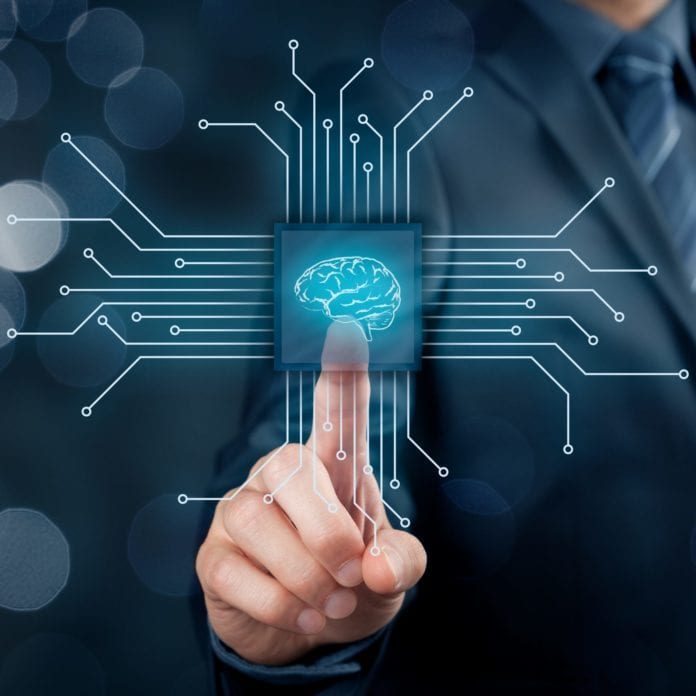The rise of artificial intelligence (AI) is changing the world, but behind this new scenario lies an immense and growing need for energy.
As this demand increases, tech companies and governments are scrambling to find reliable, clean energy sources to power the next generation of AI applications. One solution that’s gaining attention: nuclear energy.
The energy requirements of AI
AI is extremely power-hungry. Training large language models like ChatGPT, running real-time speech recognition or supporting autonomous systems requires massive data centers filled with high-performance computing (HPC) hardware, especially GPUs. These machines consume enormous amounts of electricity and generate lots of heat, which also requires energy to cool.
And as AI usage spreads to every sector of the economy—from finance to healthcare to agriculture—the number and size of data centers will only increase. This creates a critical question: Where will all this energy come from?
Why solar and wind alone may not be enough
Renewable power sources like solar and wind are essential parts of a clean energy future. But they come with one major limitation: intermittency. The sun doesn’t shine at night, and the wind doesn’t always blow. While battery storage partially helps, current technologies still fall short of supporting the uninterrupted, high-capacity power demands of AI infrastructure. This is especially true for hyperscale data centers and AI training clusters that must run continuously. These systems can’t afford power outages or even small dips in electricity supply.
The case for nuclear energy
Nuclear power plants generate large amounts of electricity continuously, making them a strong candidate for supplying the baseload power AI systems need. Here are a few key reasons why this source of energy could play a crucial role:
1. Always-on power
Unlike solar or wind, nuclear power is not weather-dependent. It provides constant electricity, 24/7, 365 days a year. This reliability makes it ideal for data centers that can’t afford interruptions.
2. High energy density
This source of power is incredibly efficient. A small amount of uranium can produce far more electricity than the equivalent in coal, gas or even solar panels. This means nuclear plants can generate a lot of power using relatively little land—something that matters as data centers expand.
3. Low carbon emissions
This power produces virtually no greenhouse gas emissions during operation. As governments and companies commit to net-zero goals, nuclear power offers a way to meet rising energy needs without increasing carbon footprints.
4. Next-generation nuclear technologies
New developments in nuclear technology are making it safer, smaller and more flexible. Small Modular Reactors (SMRs), for instance, can be built near data centers or tech campuses, providing localized and dedicated power. These units are faster and cheaper to deploy than traditional nuclear plants.
What tech companies are doing
Major tech firms like Microsoft, Google and Amazon are already exploring this source of energy as part of their long-term energy strategies. Microsoft, for example, has hired nuclear energy experts and mentioned nuclear as a potential solution in its plans for carbon-free energy.
The challenges ahead
Nuclear energy faces challenges such as high upfront costs, regulatory hurdles and public perception issues related to safety and radioactive waste. However, with the pressure to decarbonize quickly and power increasingly energy-intensive technologies, nuclear energy is being reconsidered as a key source to power AI infra.
Conclusion
AI is reshaping industries and societies—but to fulfill its promise, it needs a stable and sustainable energy backbone. Nuclear energy, with its reliability, efficiency and clean output, could be a key piece of that puzzle. While no single energy source will solve all our problems, combining renewables with nuclear might just be a smart way to power the AI revolution.

